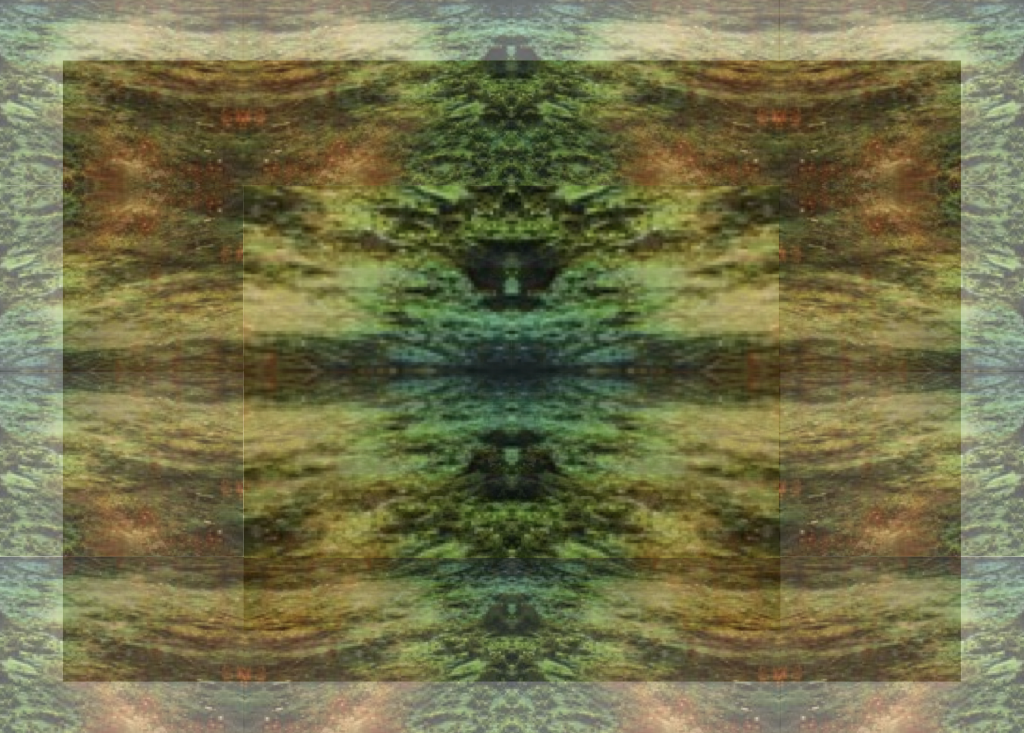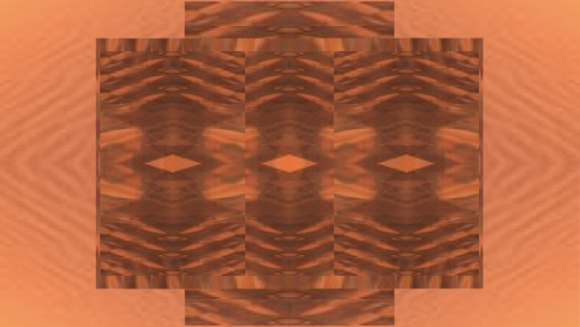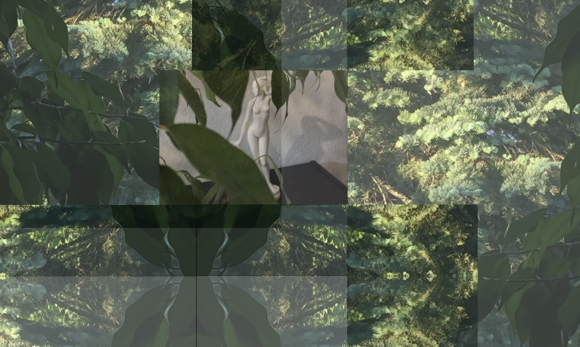When we try to understand the synchronicities essay, and related writings from Jung’s late period, we face a deep-seated complication.
1. The complication is that Jung himself thought of his project along the lines of a misleading analogy — misleading for us, but no doubt already misleading Jung himself. In a nutshell, that analogy consists in the idea that, just as physics had to be revolutionized in response to certain experimental findings (such as the Michelson-Morley experiment which led to the theory of relativity, and the discovery of the photoelectric effect that led to quantum mechanics), and had to be extended and generalized with new principles, a broader natural science (which would also cover psychology) would require another revolution, again in response to certain experimental findings (which, for Jung, were primarily the J. B. Rhine experiments), and further extension with additional new and general principles.
The complication is deep-seated because the ‘revolutionizing’ analogy structures each of the main passages of the synchronicities essay; and it also informs Jung’s lines of reasoning, providing the building blocks for the arguments he presents. It is not just rhetorics, an expositional device, or a way Jung frames his views; it goes to the core of the whole endeavour.

Unfortunately, all this obscures some of the more subtle ideas and questions which form the underlying texture of the essay; these are brought up only in passing, and often without detailed explication, presumably because Jung thought that he needed to subordinate them all to the main, misleading analogy. But they are the more interesting and more valuable ones: they are connected to Jung’s earlier work in new and fruitful ways, and some of them are actually more profound and coherent than the surface analogy of the ‘revolutionary’ story.
In short, then, the synchronicities essay has another, more hidden face, which is submerged under to the ‘revolutionary’ picture. Let us call this Jung’s ‘exploratory’ story, to have a contrasting term. In order to extract it from the text, we will have to, first, gain a clear understanding what belongs to the main analogy, so that we can can subtract it out from the passages where it appears together with the more interesting bits and pieces and drowns them out.
2. Perhaps the clearest example of Jung’s ‘revolutionizing’ story drowning out the exploratory picture is where he insists to make the Rhine experiments a cornerstone of his argument.
One problem with this is, of course, that it means that his whole project is based on outdated and (today) broadly invalidated science. But I am not going to follow up on this (and other flaws in Jung’s reasoning) here; that is for a later post.
More important is the question why Jung wanted to refer to these experiments at all; and the answer is: not because they are at the core of the phenomenon, but because they fit his ‘revolutionary’ story. He calls them a “decisive proof” which supposedly demonstrates scientifically that events are sometimes in fact connected in an acausal way (GW VIII, §833). Here is the ‘revolutionary’ picture in a nutshell, as Jung puts it expressis verbis:
The Rhine experiments confront us with the fact that there are events which are experimentally, i.e. in this case meaningfully, interrelated, and where that relationship cannot be demonstrated to be causal. […] With our current means it is impossible to explain extra-sensory perception, i.e. meaningful coincidence, as an energetic phenomenon. Thus a causal explanation is also ruled out […]
Wir sind durch die Rhineschen Experimente mit der Tatsache konfrontiert, daß es Ereignisse gibt, die experimentell, das heißt in diesem Fall sinngemäß aufeinander bezogen sind, ohne daß dabei dieser Bezug als kausaler erwiesen werden könnte […] Es ist […] mit unseren derzeitigen Mitteln unmöglich, die extra-sensory perception, das heißt die sinngemäße Koinzidenz als ein energetisches Phänomen zu erklären. Damit scheidet auch die kausale Erklärung aus […]
[GW VIII, §840; Jung’s emphasis]
We should not let it pass uncritically that Jung, in this passage, equivocates on his important notion of ‘meaningful’ (which he assimilates to ‘experimental’, i.e. something like ‘intentionally produced’). He builds on that rhetorical sleight of hand a moment later, when he simply equates “extra-sensory perception” with “meaningful coincidence”[“sinngemäße Koinzidenz”]. So far, he has nowhere explained why the parapsychological phenomena tested in the Rhine experiments should be treated as synchronicities, now he suddenly does treat them so — even sees them as the paradigmatic case! This is not valid reasoning, and even as a piece of rhetoric it is hardly convincing at all, unless of course you are already driven by a pre-formed view that we need to expand the principles of natural science (viz. space, time, and causality), and that we need a form of experimentation to motivate it.
It is telling in this connection that the main flaw Jung finds in the various precursors he cites, including 19th-century philosopher Arthur Schopenhauer and his own contemporary, analytical psychologist Herbert Silberer, is that they were not willing to ‘relativize’ the principle of causality in the way he intends to do (GW VIII, §§828, 832). He doesn’t review, let alone refute, their arguments for that stance.
3. But the misleading ‘revolutionary’ analogy has worse effects than inducing Jung to employ flawed logic. It also supplants a much more coherent (and actually more original) line of thought.
In the introduction to the essay Jung notes that synchronicities, als a class of phenomena, are generally not stable and reproducible, and therefore cannot be subjected to the same kind of experimental verification as the natural phenomena investigated by the sciences typically are (GW VIII, 821). He expands on this later in the essay, contrasting the contingent nature of synchronicities with, again, the stable and reproducible nature of phenomena which fall under the laws of nature: “[a notion of] phenomena that are constant and at any given time experimentally reproducible […] seems not to fit the phenomena we understand to fall, in a strict sense, under the concept of synchronicity. These latter are mostly singular cases, which lack experimental reproducibility” (GW VIII, §955).
Instead of following up on this interesting characteristic, however, he immediately neutralizes it and, in effect, abandons its discussion — in favor of the familiar examples he wants to put center stage instead:
This does not apply throughout, however, as the Rhine experiments show. These facts prove that there are, vulgo curiosa, certain regularities in the field of incommensurable single cases and therefore constant factors, from which we must conclude that our narrow notion of synchronicity is too narrow indeed, and has to be extended.
Allerdings gilt dies nicht durchwegs, wie die Rhineschen Experimente […] zeigen. Diese Tatsachen beweisen, daß in dem Gebiete inkommensurabler Einzelfälle, vulgo curiosa, es doch auch gewisse Regelmäßigkeiten gibt und damit konstante Faktoren, woraus man schließen muß, daß unser engerer Synchronizitätsbegriff wahrscheinlich wirklich zu eng ist und deshalb der Erweiterung bedarf.
[GW VIII, §955]
Which is precisely what I mean by the ‘revolutionary picture’ pushing the more interesting, exploratory results away.
4. Wolfgang Pauli, in his correspondence with Jung, made the same observation (and challenged it with precisely the same question):
[…] to me the Rhinean experiments seem to be phenomena of a different kind […] than the other “synchronistic” phenomena you talk about. With the former, I cannot see any archetypal grounding […], and I’m also missing your earlier observation that their occurrence [i.e. that of the synchronistic phenomena] is complementary to the archetypal content’s becoming conscious.
mir [scheinen] die Rhine’schen Versuchsreihen Phänomene anderer Art zu sein […] als die übrigen, von Ihnen angeführten “synchronistischen” Phänomene. Denn bei ersteren kann ich keine archetypische Grundlage sehen […], ebenso [fehlt die Feststellung], daß ihr Auftreten komplementär sei zum Bewußtwerden des archetypischen Inhalts.
[PJB 40]
In Pauli’s view, the connection between synchronicities and recent (at their time) developments in physics should not lie in the ‘revolutionary’ pattern of disruptive experiment and consequent change in fundamental principles. It should lie in this idea of the “essential singular case” (“das wesentlich Einmalige”, PJB 58; which Jung calls “Einmaligkeiten beziehungsweise Seltenheiten” at GW VIII, §812). Pauli notes that this never had a place in the natural sciences, and now it has appeared in a surprising position: in the event of observation, where it is “impossible to eliminate the influence of the observer by determinate corrections” (PBJ 58).
And even more crucially, synchronicities in a narrow sense have all those important connections to Jung’s actual work on the collective unconscious, whereas nothing of these really show up in the Rhine experiments. Pauli’s questions seem to have led to some additions Jung made to the text of the synchronicities essay; these additions, however, have not done much to correct the dominance of the ‘revolutionary’ picture in the finally published work.
5. This is not merely a matter of intellectual preference. As an approach to explain synchronicities (taken as a class of interesting phenomena), Jung’s ‘revolutionary’ strategy amounts to nothing more than a virtus dormitiva argument — until, that is, he would bring in the elements from his own earlier views which Pauli mentions, namely, the archetypes of the collective unconscious and their emergence into consciousness, as an essential component of the phenomenon of synchronicities. But the ill-motivated replacement of synchronistic phenomena with the Rhine experiments, as the central focus in the explanans, drains that line of explanation of its substance, and thus makes his proposal of an “acausal” principle hollow and unconvincing.




[…] I have outlined the two faces of Jung’s synchronicity essay: one is an ‘exploratory’ project, in which he follows up on themes of his earlier work, such as […]